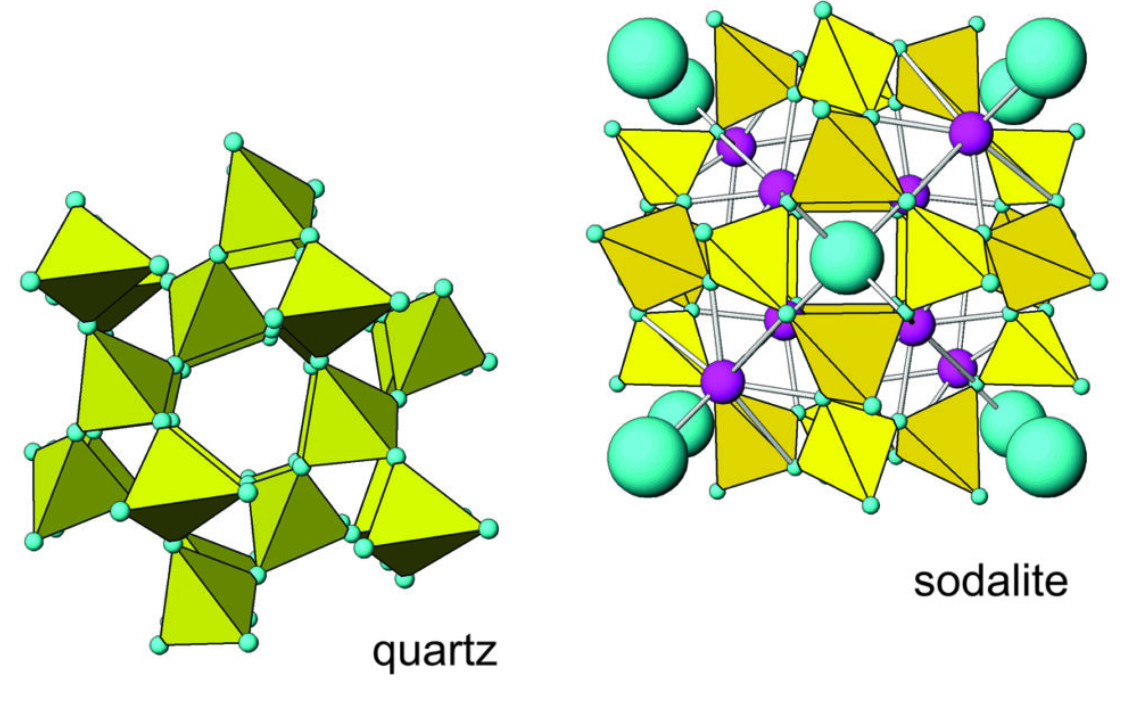13: Crystal Structures
( \newcommand{\kernel}{\mathrm{null}\,}\)

KEY CONCEPTS
- The development of X-ray diffraction techniques allowed mineralogists and chemists to directly investigate the nature of crystal structures.
- Minerals have highly ordered and repetitive atomic arrangements.
- We can model many crystal structures as being spherical atoms held together by ionic bonds.
- Ionic crystals contain anions packed around cations and vice versa.
- The key controls on ionic bonds are ionic size and charge.
- An atom’s coordination number is the number of other atoms that it bonds to.
- Most common cations bond to 3, 4, 6, or 8 anions; alkalis and other large ions bond to more.
- The strength of an ionic bond is an ion’s charge divided by its coordination number.
- Atoms pack tightly together in some minerals; in others, atoms are in networks with geometric shapes.
- Compositional variations in silicate minerals are directly related to the nature of the crystallographic sites in their structures.
- 13.4: Pauling’s Rules
- In 1929, Linus Pauling summarized five general rules that apply to ionic structures. The rules, now called Pauling’s Rules, provide a convenient framework for examining some details of ionic structures.


